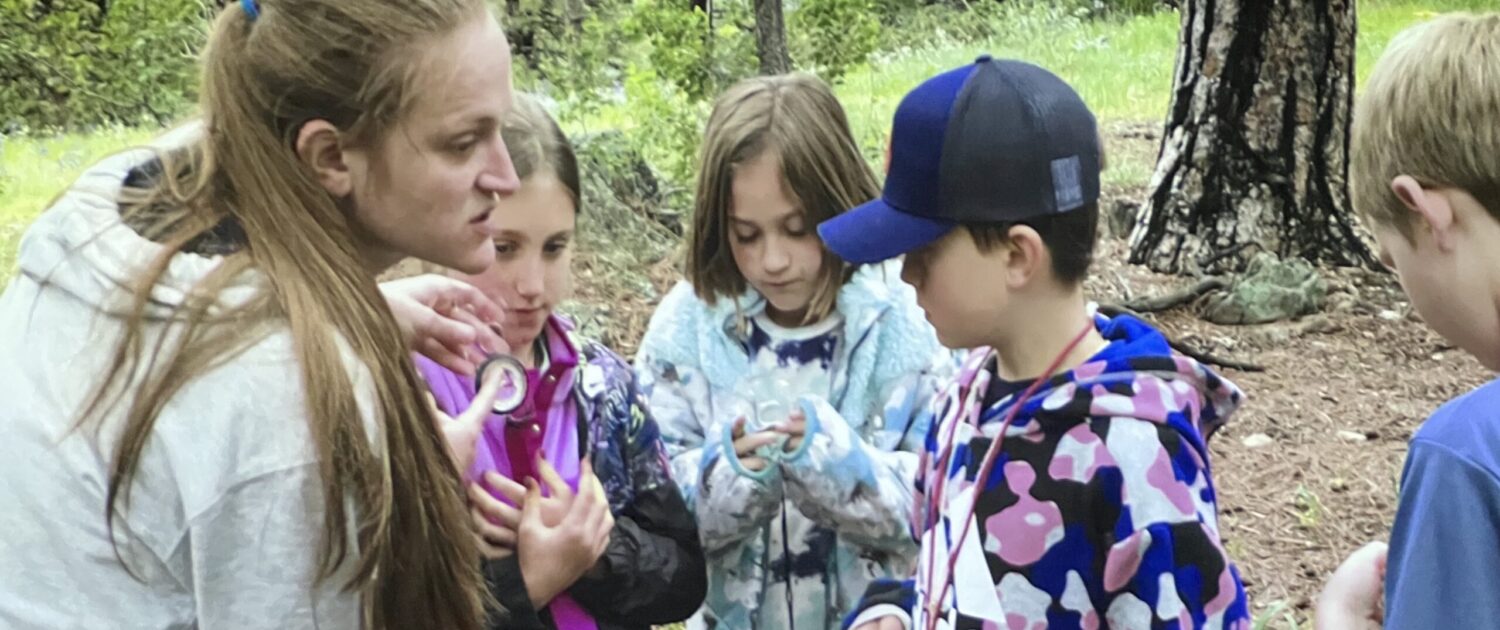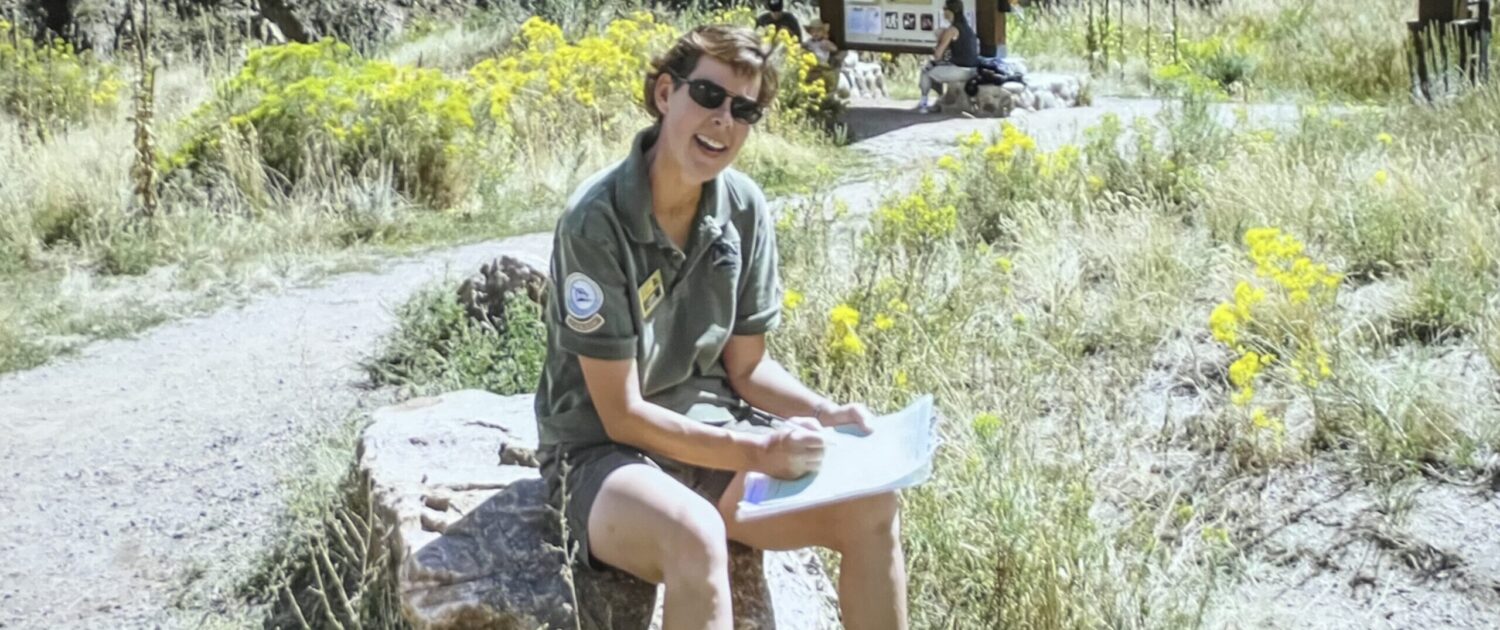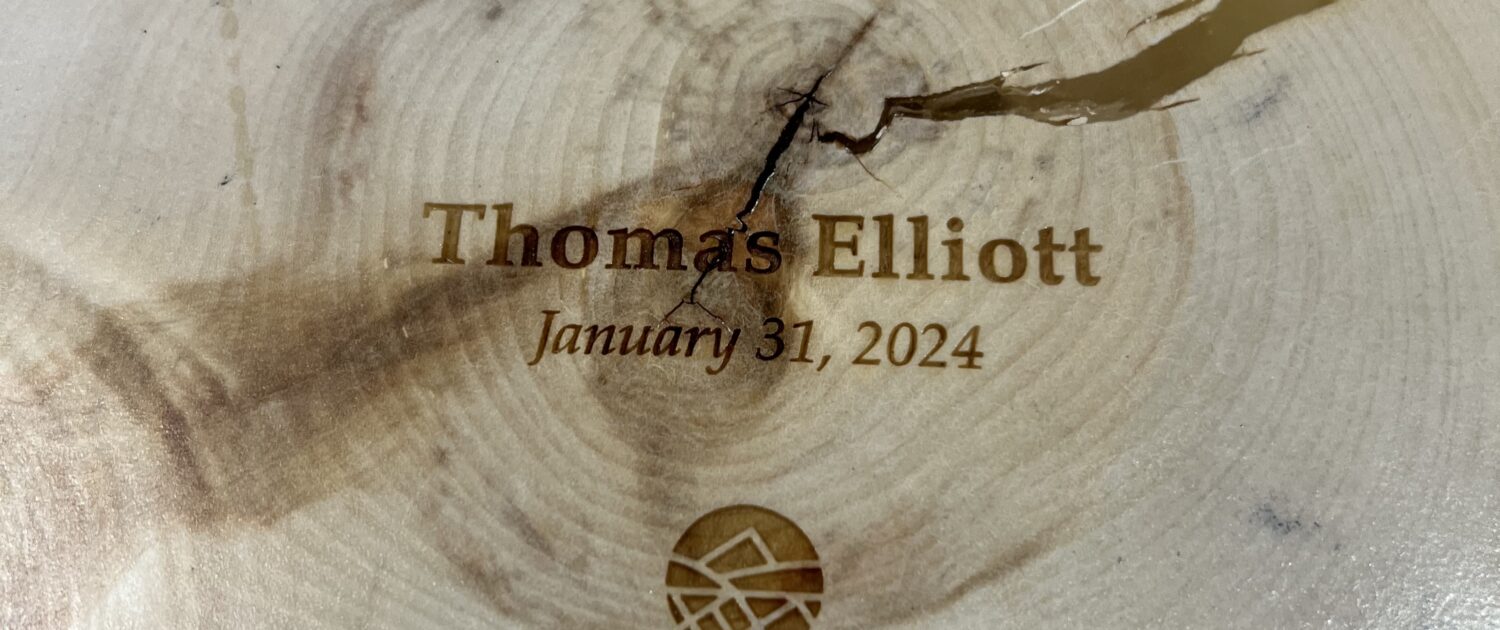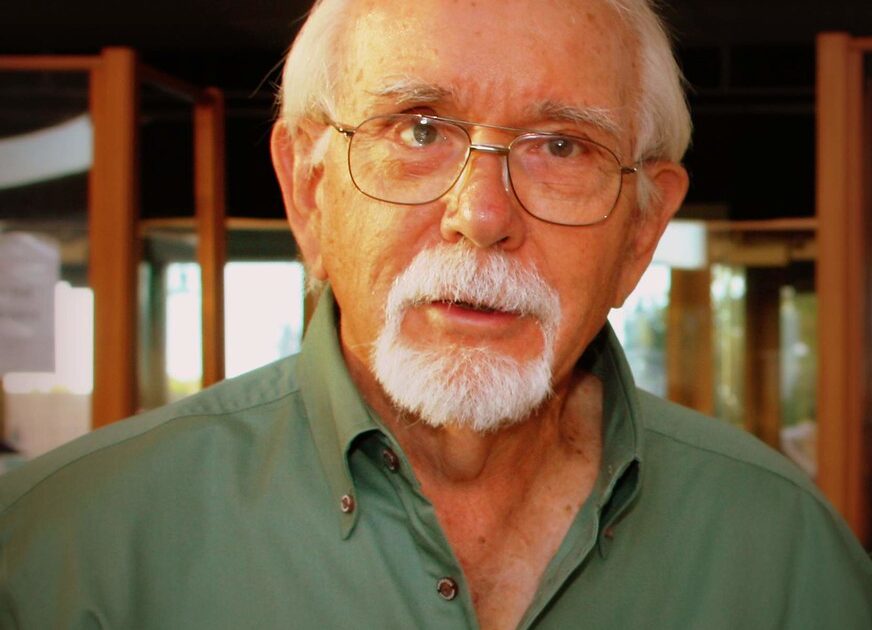
Pioneer PLAN Jeffco Board Member John Litz Served 51 years
By Vicky Gits
John Litz’s death on Dec. 29 at 87 marked the end of an epic career in the service of PLAN Jeffco and the cause of preserving natural lands in general.
A metallurgical engineer by profession, John was a remarkably prolific volunteer who donated most of his free time over the years to various charitable organizations and land stewardship causes.
He is survived by three daughters, Kari Litz, Kirstin Litz, and Denise Litz and by three grandchildren. His wife of 49 years, Karen, died in 2007.
He was a member of nonprofit PLAN Jeffco for 51 years from 1972 to 2023 and treasurer for most of that time, working closely with longtime chair Margot Zallen. He was a member of the Jefferson County Open Space Advisory Committee for 30 years, from 1993 to 2023.
John was known for his spreadsheets and mastery of finance and operations, said Ralph Schell, executive director of the open space division from 1998 to 2009. But he was also approachable. “John was just someone that everyone could appreciate and get along with.”
He was a tireless workhorse on behalf of the outdoors and a living history record of the open space saga.
At the beginning
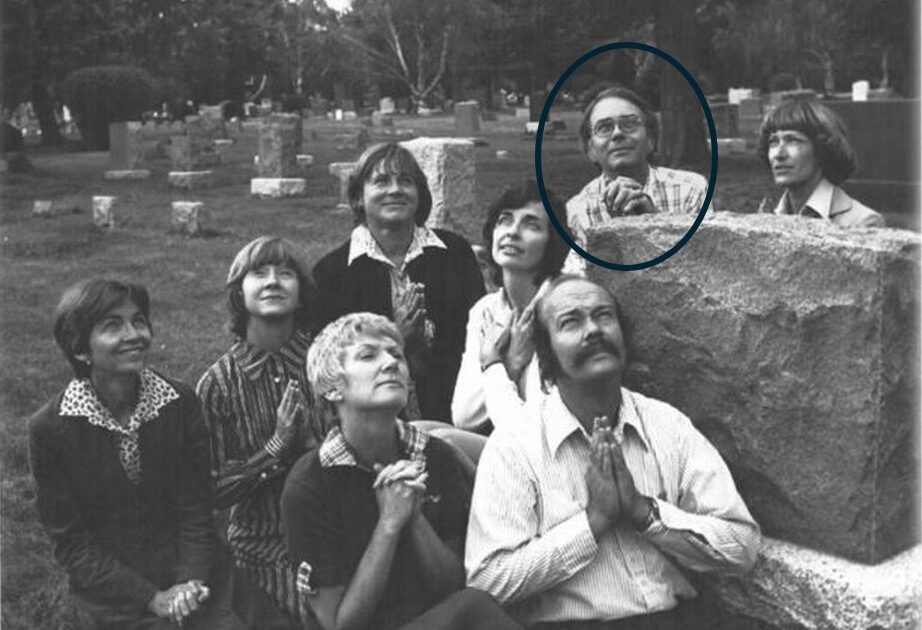
PLAN Jeffco in the cemetery 1972 (John is circled).
Litz’s involvement with PLAN Jeffco began in the fall of 1971 when it was just a grassroots advocacy group meeting in the living room of Carol Karlin in Lakewood.
At the time, raising money for raw land and putting just trails and trailheads on it was still a somewhat unusual proposition, but the citizens of Jefferson County passed the resolution with 55 percent of the vote in favor.
John Litz co-authored the 1972 measure that created the county open space agency and a half-cent sales tax to fund it. The money was for acquiring land in its natural state, parks and recreation lands, greenbelt and agricultural buffer zones, scenic easements, historic monuments, wild rivers and wildlife habitats.
John said he joined PLAN Jeffco because his wife was a member of the League of Women Voters and the league had produced an influential land-use study endorsing more parks. The league and PLAN Jeffco shared some members and PLAN Jeffco was looking for men and a Republican so they could claim bipartisanship.
One of the original PLAN Jeffco members who was the treasurer died unexpectedly and so John took over the job. He went on to ring doorbells and play a leading role in identifying and financing large parcels of land for the park portfolio.
Bargain hunting
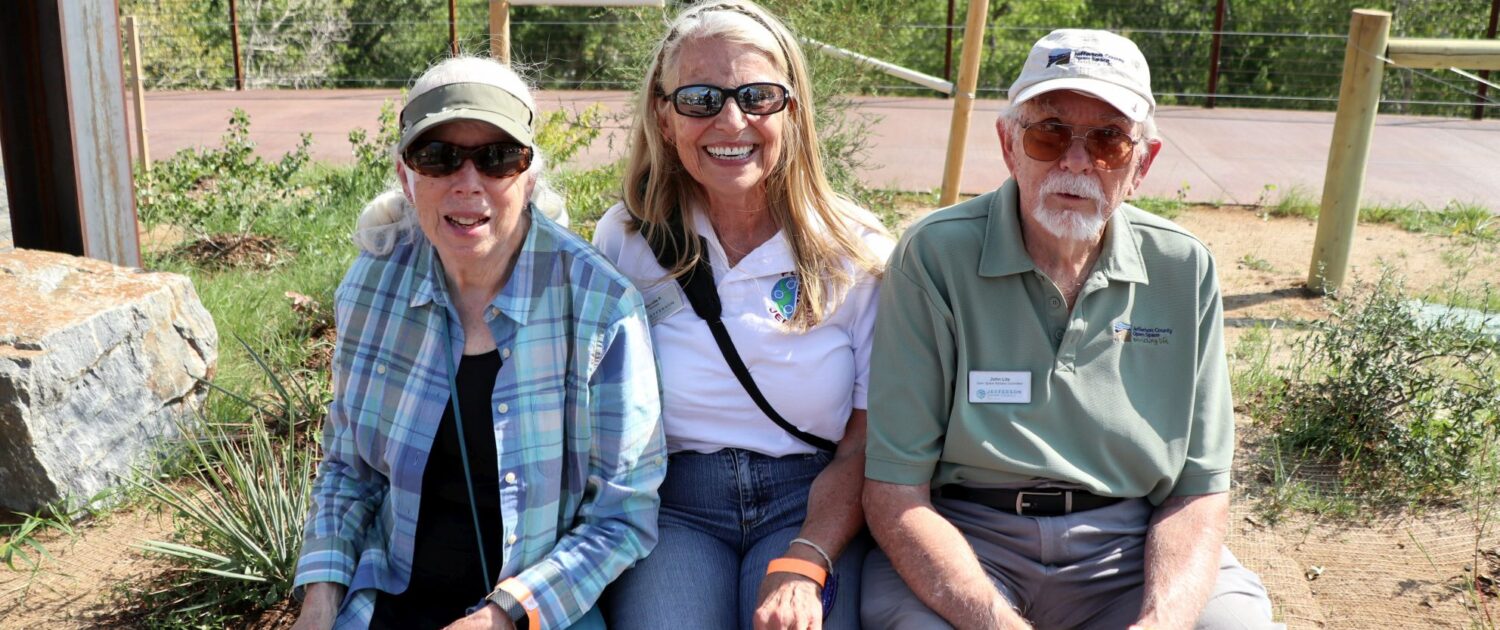
Clear Creek Gateway Tailhead Cable Cutting – Jean, Michelle & John, 2017-09-29
In the ‘90s, John envisioned raising the money to buy land before prices went sky-high. He helped organize a successful campaign to persuade voters to fund a $160 million bond issue.
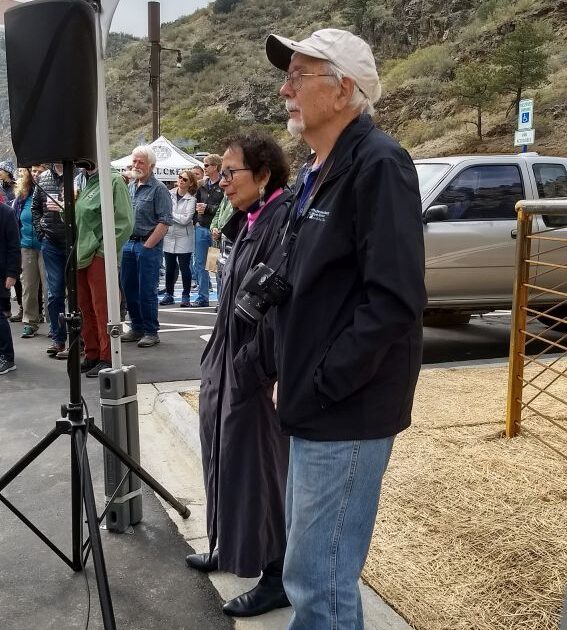
Clear Creek Gateway Trailhead Cable Cutting, John & Margot, 2017-09-29
Thanks in large part to his efforts, the park system has grown in 50 years from nothing into a Front Range empire of more than 57,000 acres of preserved land, 270 miles of trail and 27 parks, open to the public for free. The sales tax generated $61 million in 2021, according to the 2021 Preservation Progress Report.
Greg Stevinson, an OSAC member from 1989 to 2009, said John was critical in the early years to identifying and clarifying what properties needed to be acquired. “I thought of him as the silent giant. He would come in and synthesize it and explain why and from there we could take a vote and move on.”
Lasting legacies
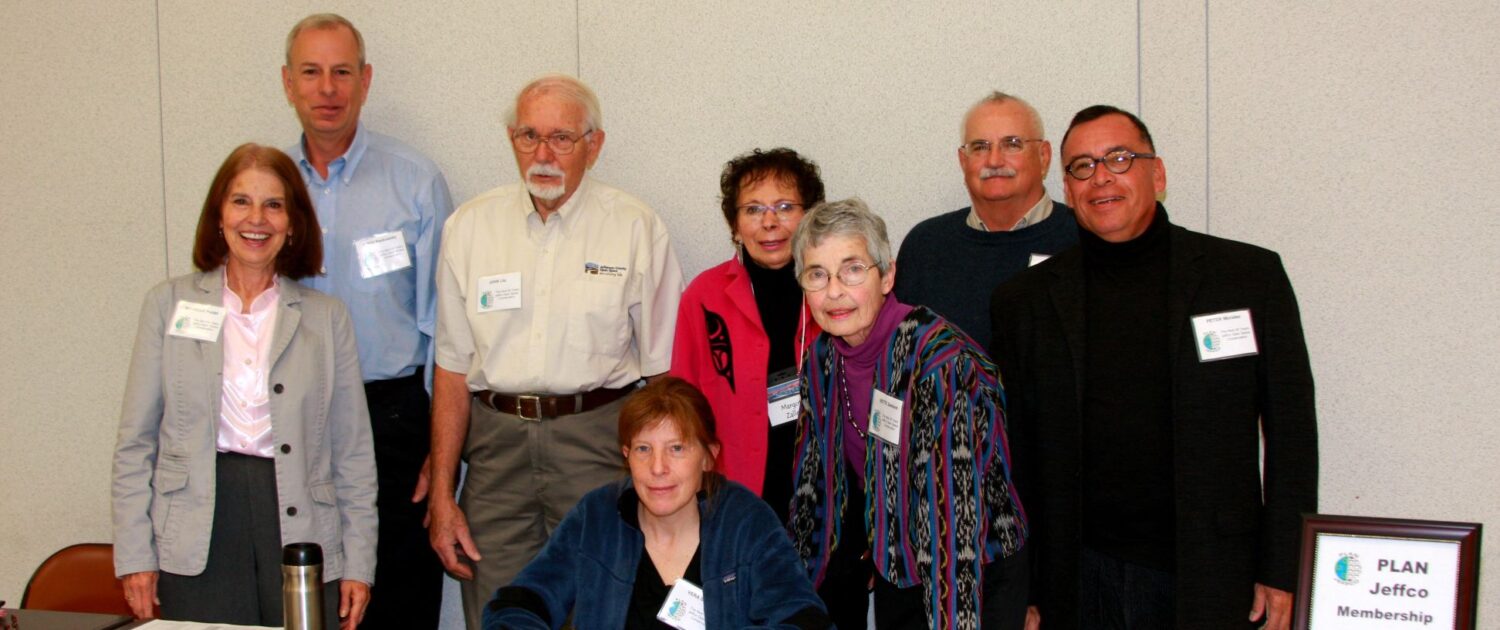
Next 40 Years Conference – the full team, 2012
Thanks to John, instead of more housing developments, residents have iconic vistas such as Elk Meadow, Alderfer Three Sisters, Evergreen Mountain, Centennial Cone, Clear Creek Canyon, South Table Mountain, Blue Mountain and the latest Douglas Mountain/Mount Tom (3,400 acres).
John was born in Zambia, Africa, where his father found work at a copper mine during the depression. The remote location spawned John’s appreciation for the value of untouched landscapes. Venturing out to collect firewood one day as a child he realized, “If we had continued north we would reach the Mediterranean without crossing an open road. Now that is open space.”
John graduated from East High School, studied at the Colorado School of Mines and earned a master’s degree from the University of Colorado. His specialty was developing processes for the recovery of metals from ores, concentrates and recyclable materials and held 16 patents. He held season tickets for the Buffalo football and Colorado Symphony.
He lived in Lakewood in a conventional subdivision, but he also maintained a cabin in the mountains near Nederland.
Maximum participation
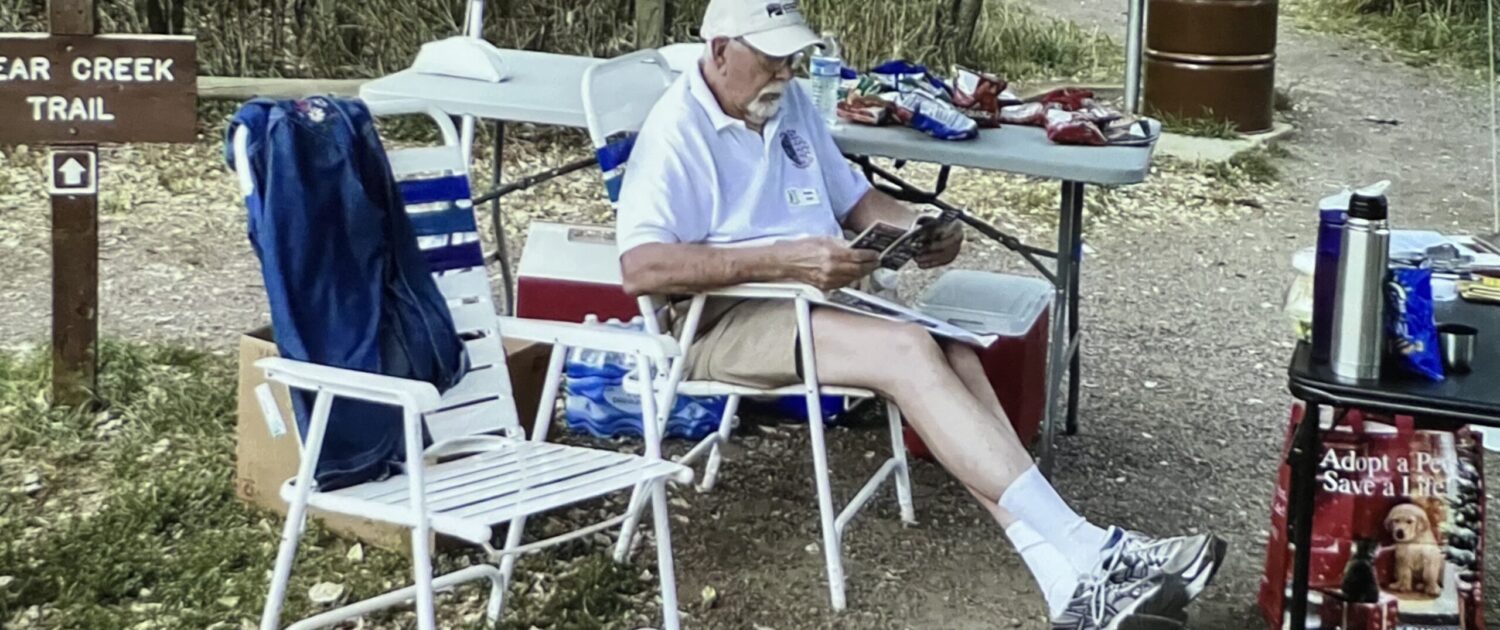
2018 InPleinSight – John at Lair O’the Bear
He attributed his dedication to community service to being brought up to participate in things, rather than be a “spectator.” He is well known for being the first to volunteer for even the most tedious and burdensome tasks and delivering the above and beyond.
In addition to his treasurer duties, John hosted Christmas parties, committee meetings and created the monthly newsletter, the Update, amply illustrated with landscape photos and nature art.
If necessary, he was willing to set up the table and tent and bring the brochures for a long day in the park representing PLAN Jeffco. He almost singlehandedly ran the sales for PLAN Jeffco’s two plein-air-painting fundraisers.
Even when he became ill, he attended fundraisers and continued to be a presence at PLAN Jeffco and Open Space Advisory Committee meetings.
John was named to the Jefferson County Hall of Fame in 2022 for preservation, volunteerism and public service. He was secretary/treasurer of the Jeffco Outdoors Foundation and helped establish a program that offers free field trips for students to the Hiwan Heritage Museum and Lookout Mountain Nature Center.
John was an officer in the Applewood Kiwanis for many years and recently became a member and secretary of the Wheat Ridge Kiwanis.
He was named a Lifetime Emeritus Member of the Open Space Advisory Committee in recognition of his “inspiration, history, wisdom and insights.”
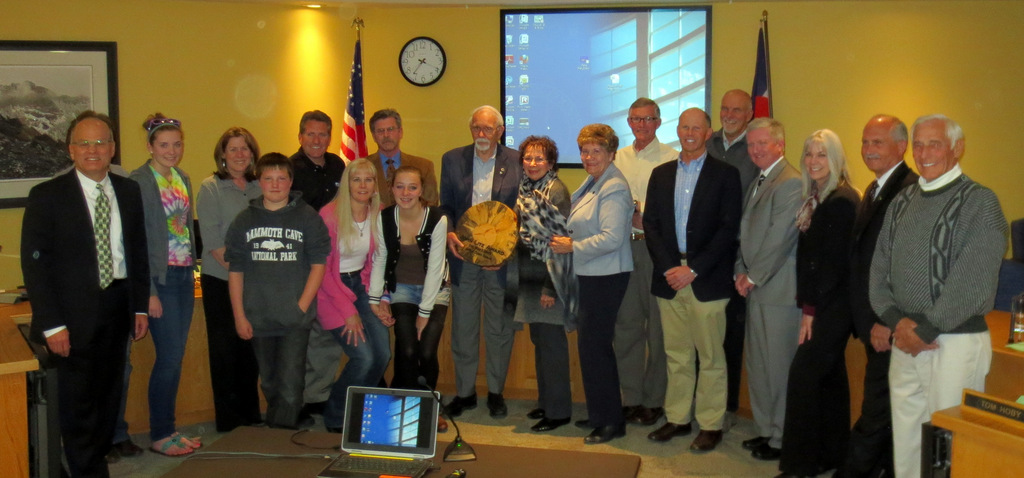
The John Litz Conservation Award, OSAC 2013
Tom Hoby, executive director of open space since 2009, said John reminds him of the quote, “The greatest thing you can spend your life on is something that outlasts it. That’s exactly what he did. … He was in his sixth decade of volunteering.”
See video memorial tribute produced by Jeffco Open Space at You Tube :
https://www.youtube.com/watch?v=8ZCCIbc4vNs
John Litz Stewardship Fund
An anonymous donor contributed $15,000 to start a John Litz Stewardship Fund and Jeffco Outdoors Foundation contributed $25,000 toward a goal of $100,000. Contributions can be made at coloradogives.org. Funds are for public lands volunteerism, visitor stewardship, courtesy, education and scholarships for conservation careers.
Other Donations
Rocky Mountain District Kiwanis Foundation, Kids Need Kiwanis, 8389 Devinney Court, Arvada, CO 80005, f24.Site.Kiwanis.org
PLAN Jeffco, 23495 Cody Park Road, Golden, CO 80401, Planjeffco.org
Jeffco Open Space Foundation, 700 Jefferson County Parkway, Ste. 100, Open Space Building, Golden, CO 80401, Jeffcoopenspacefoundation.org
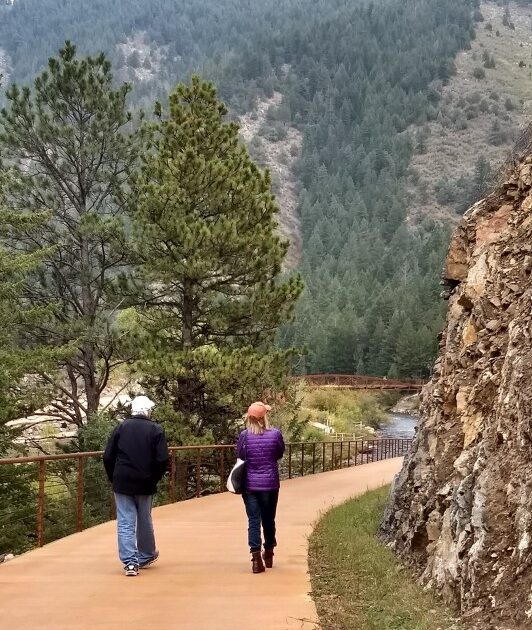
Clear Creek Trail Gateway – John walking with Vicky 2017-09-29
The post Pioneer PLAN Jeffco Board Member John Litz appeared first on PLANJeffco.
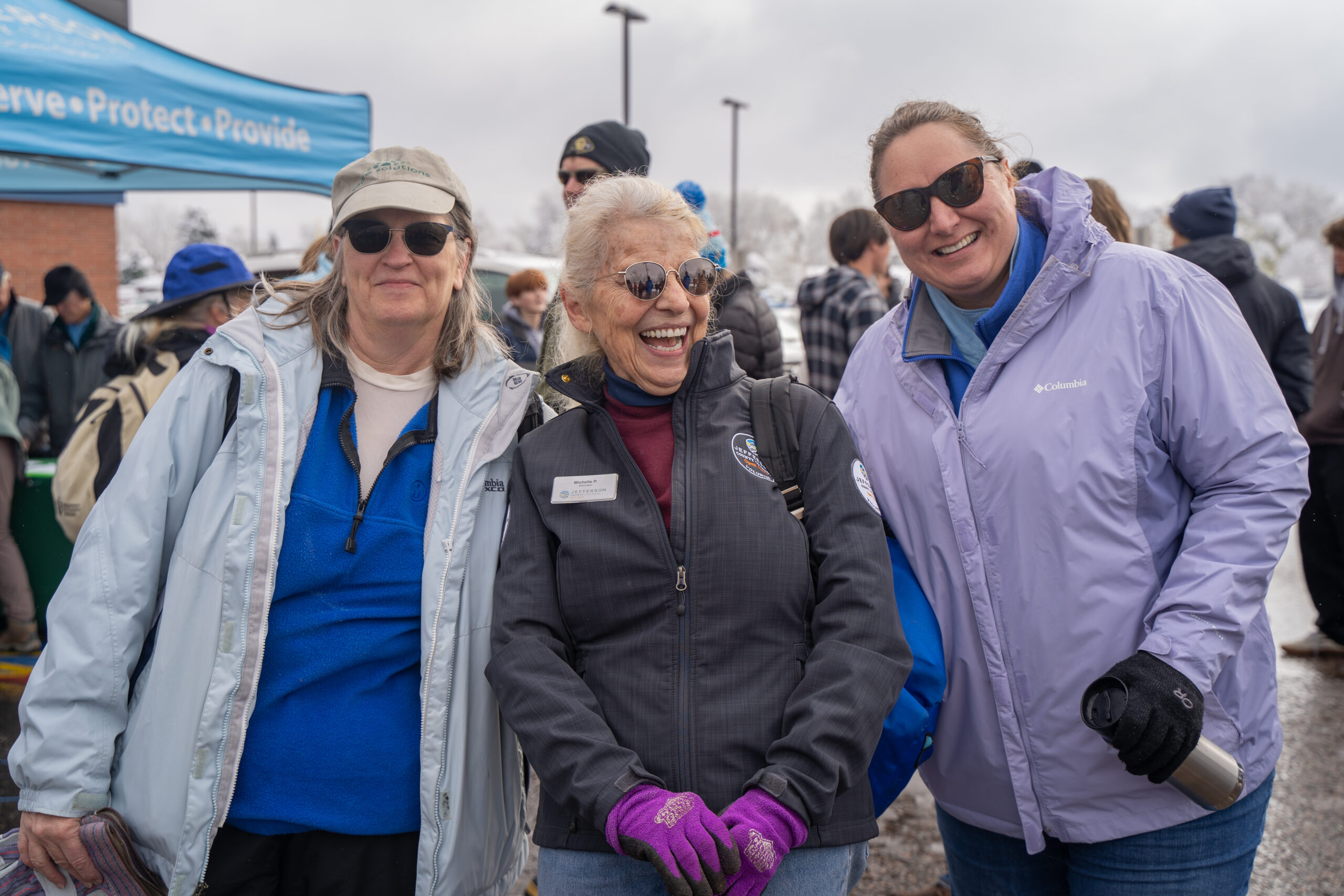
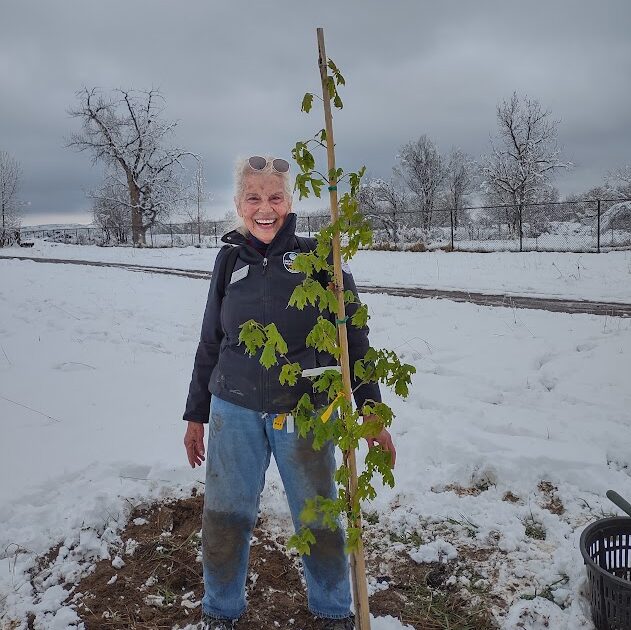


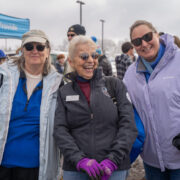
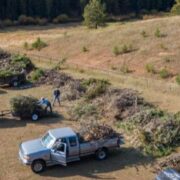
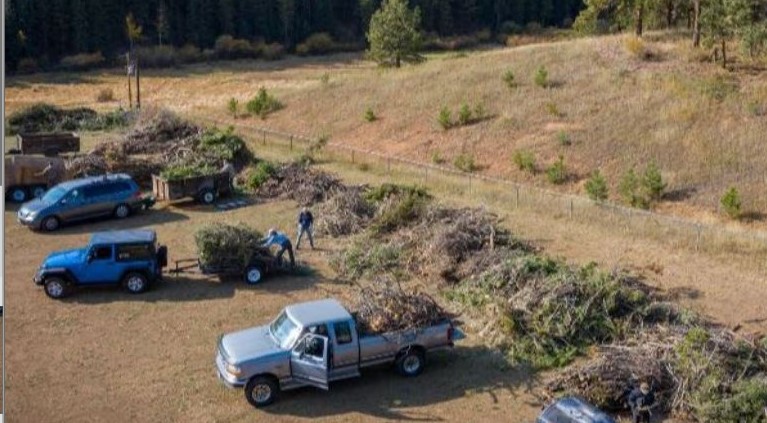
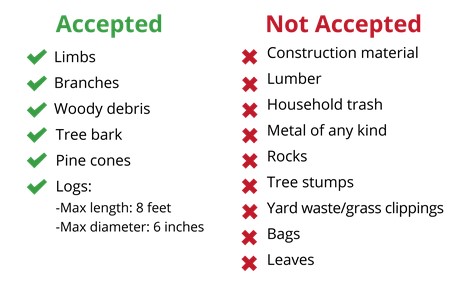

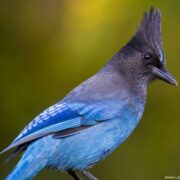
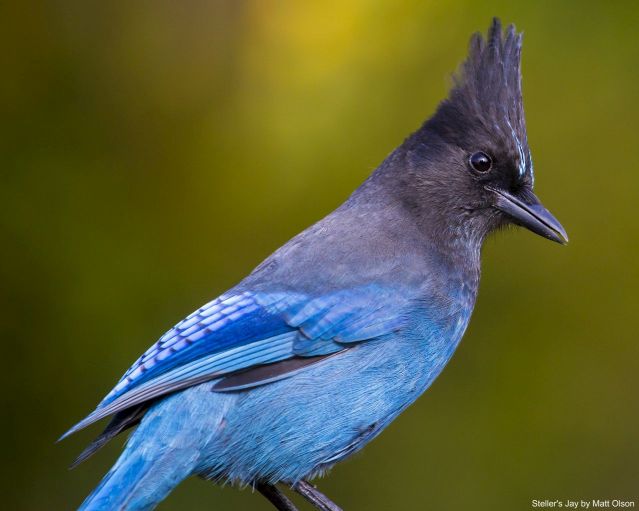
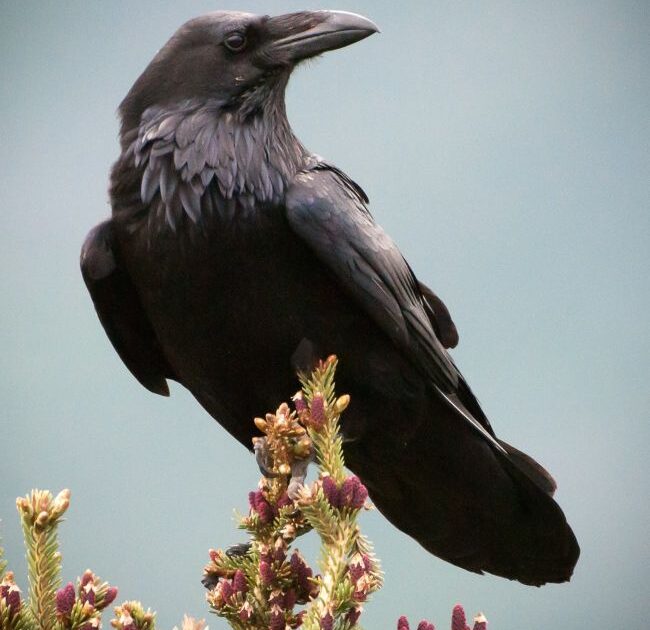
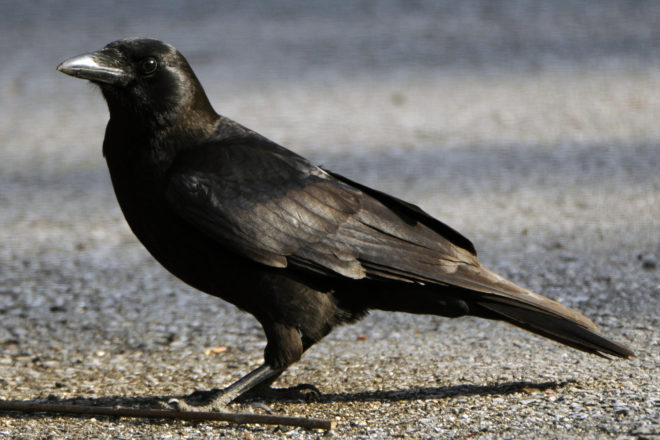
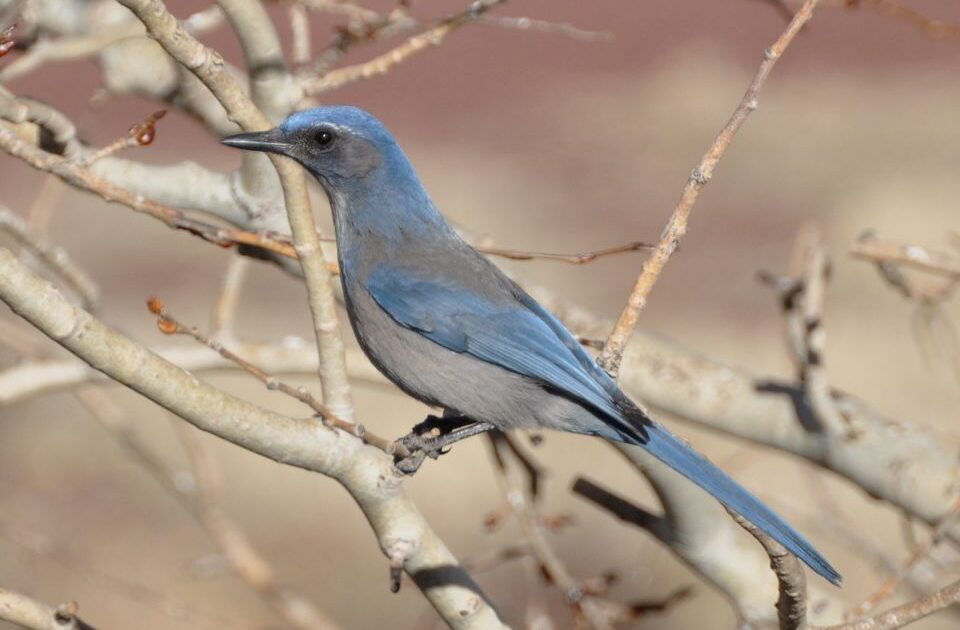
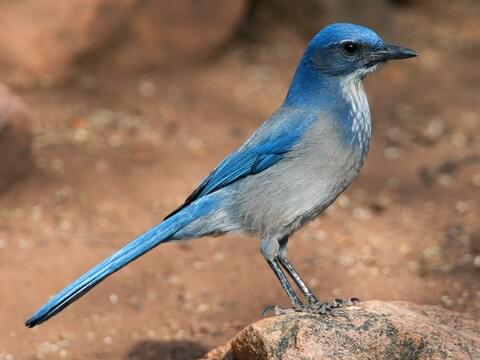
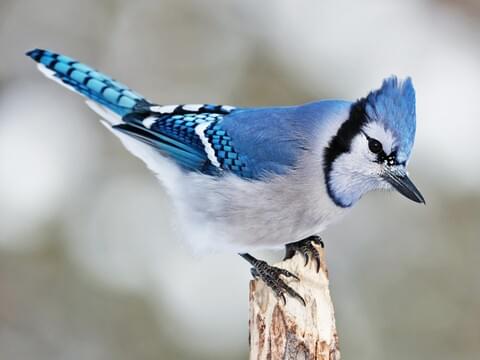
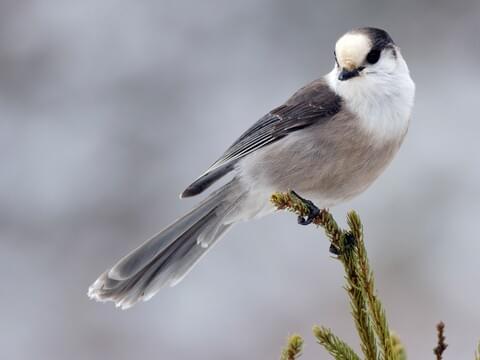
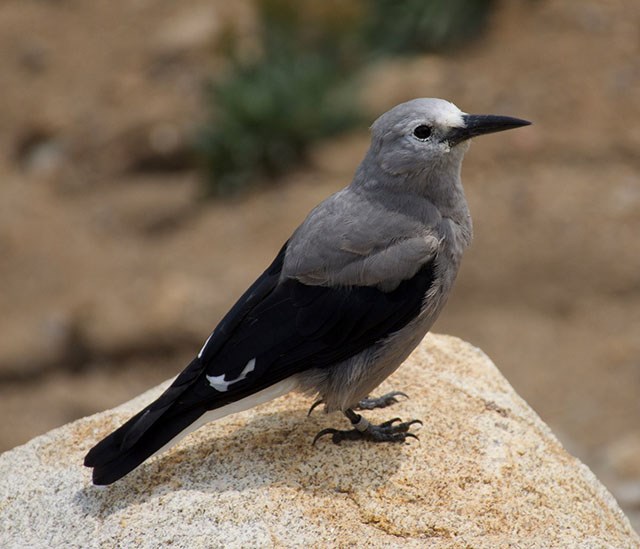
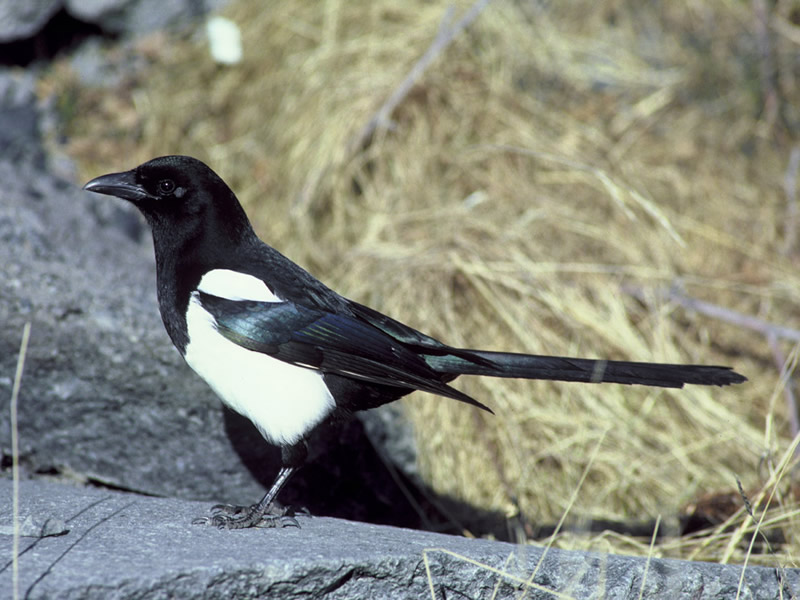
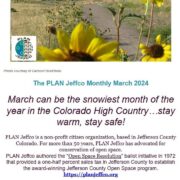
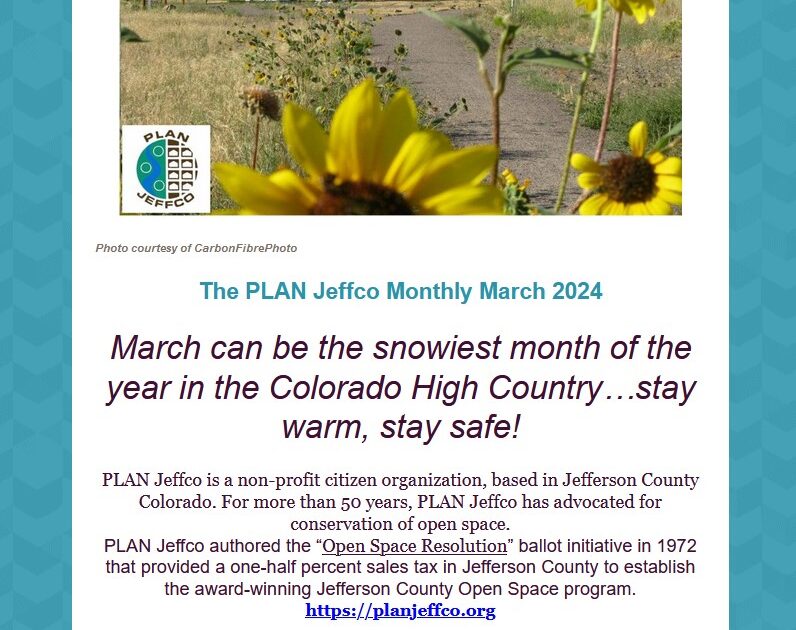
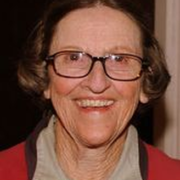
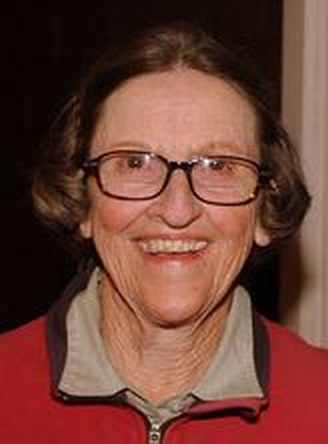
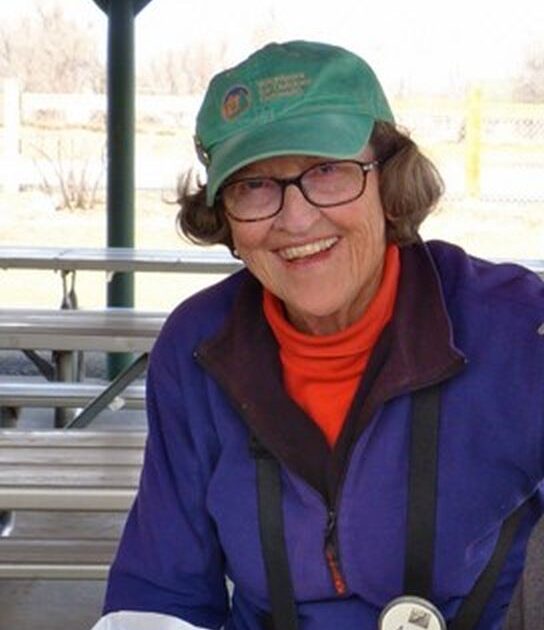
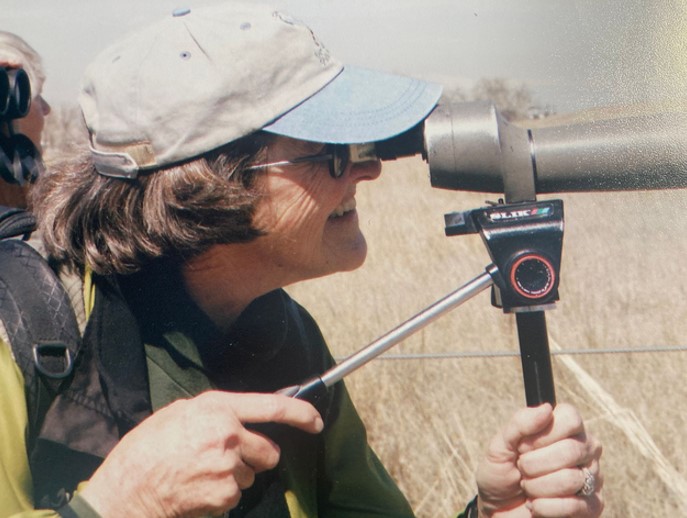
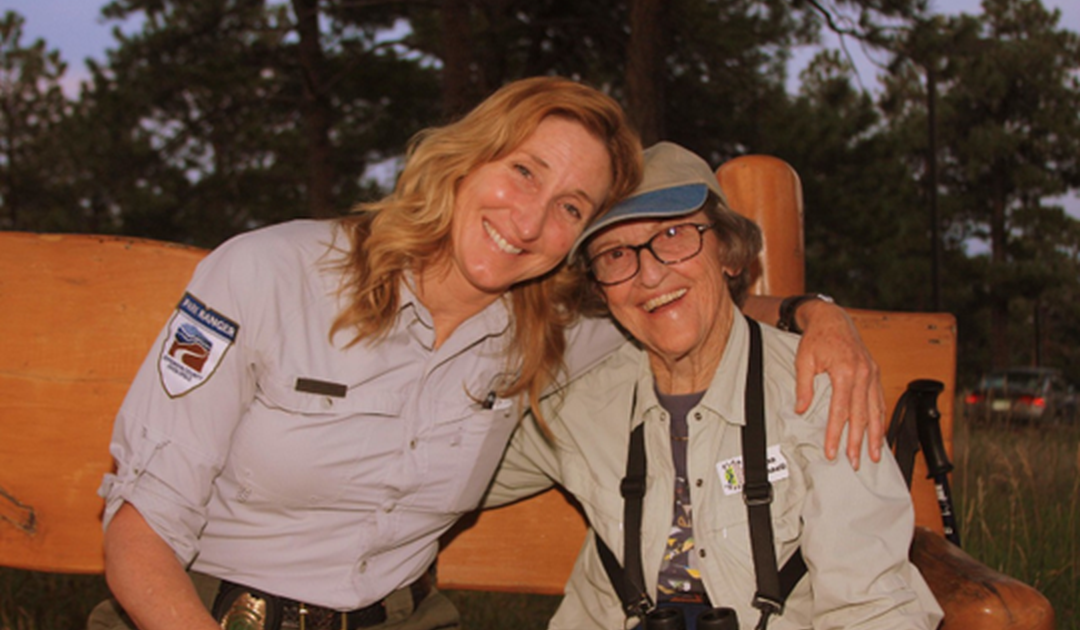
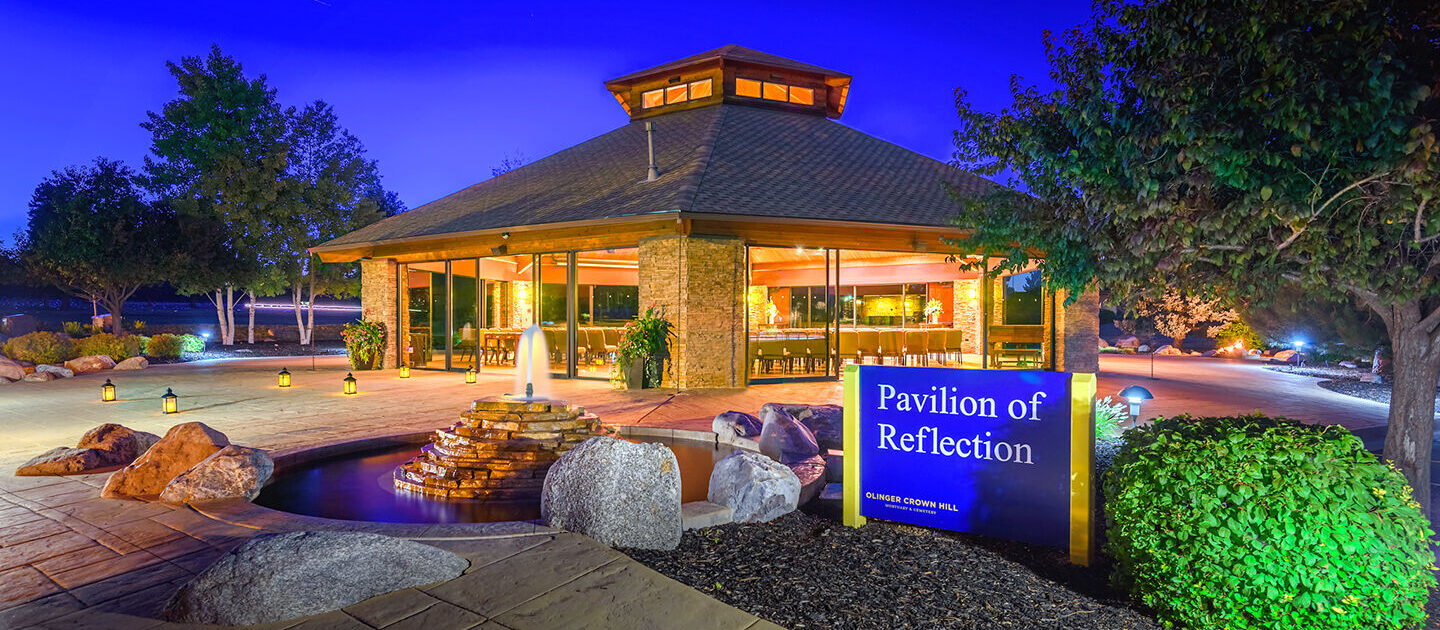
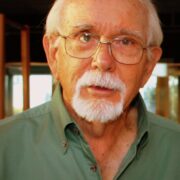








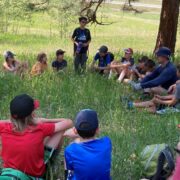
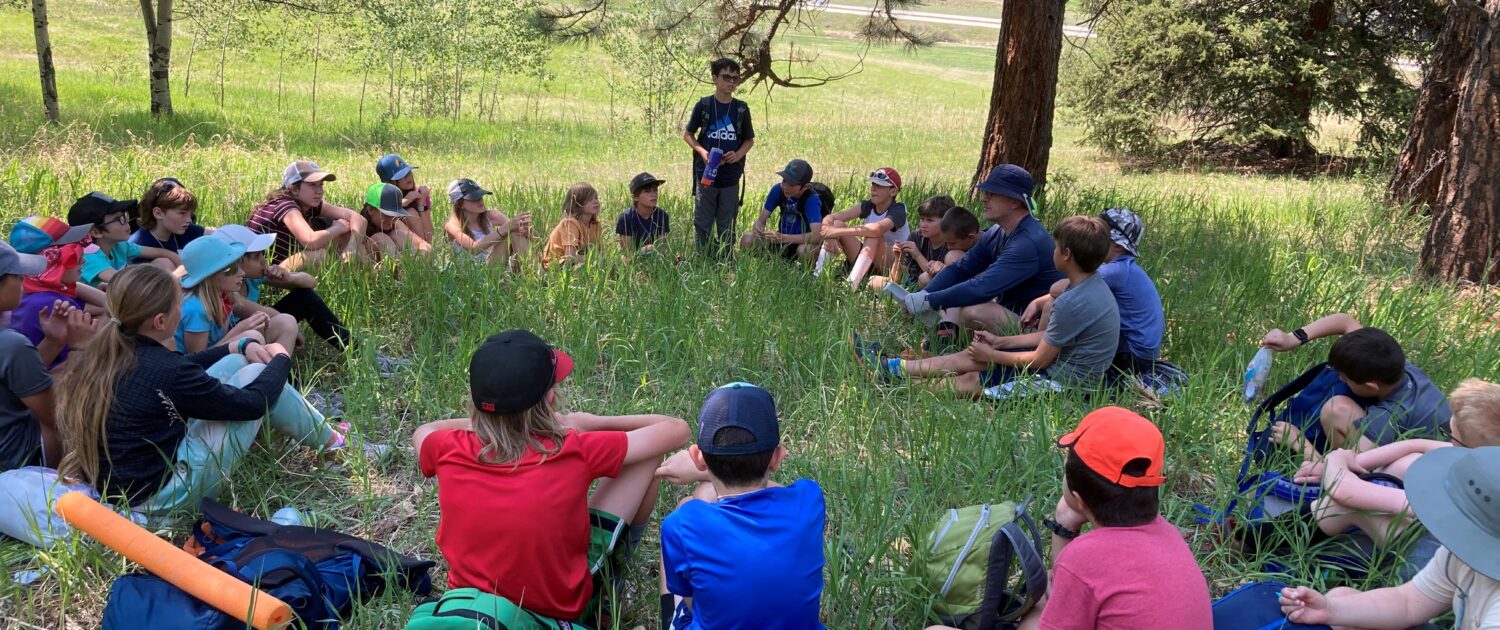
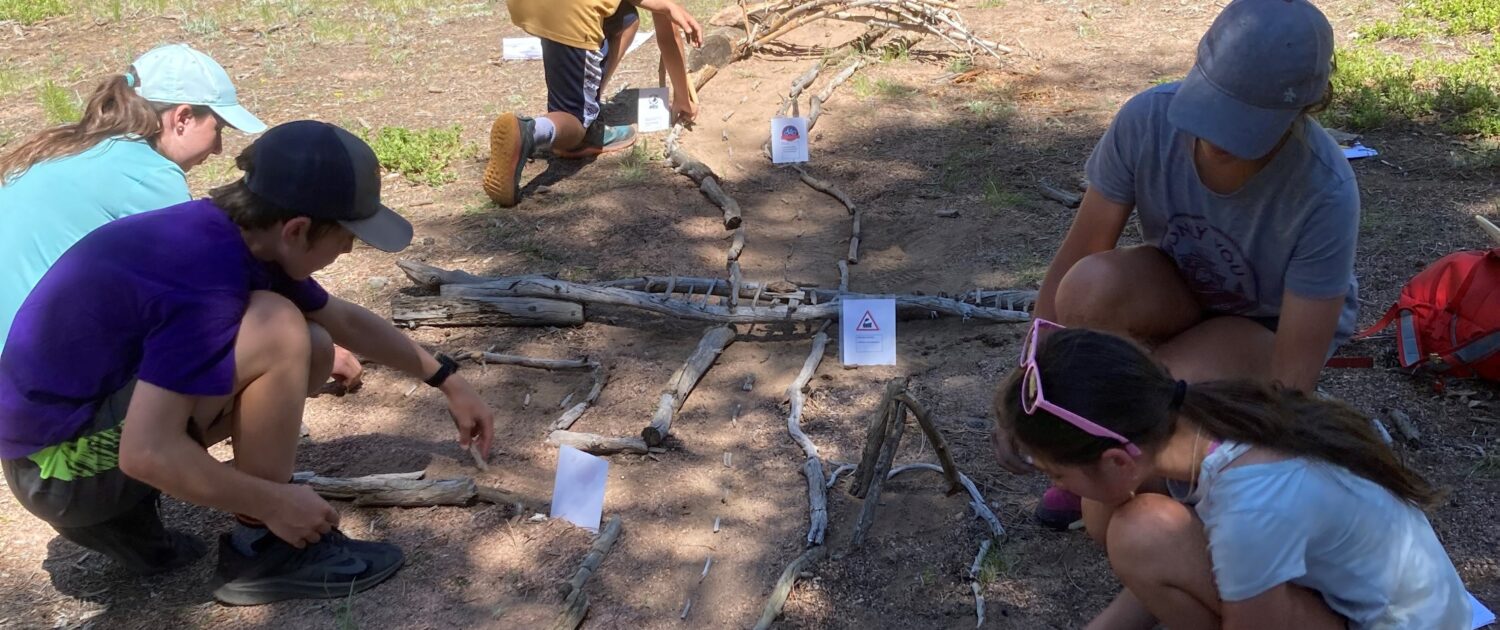

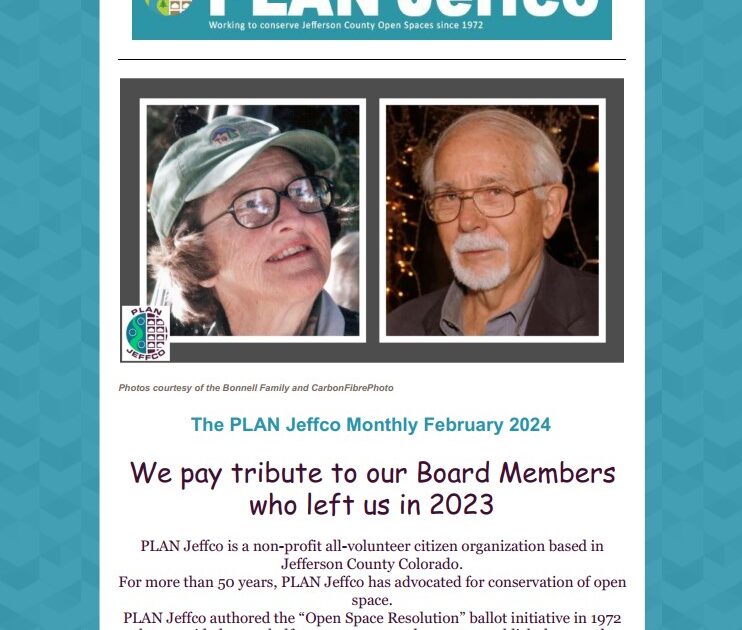
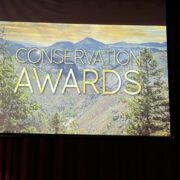
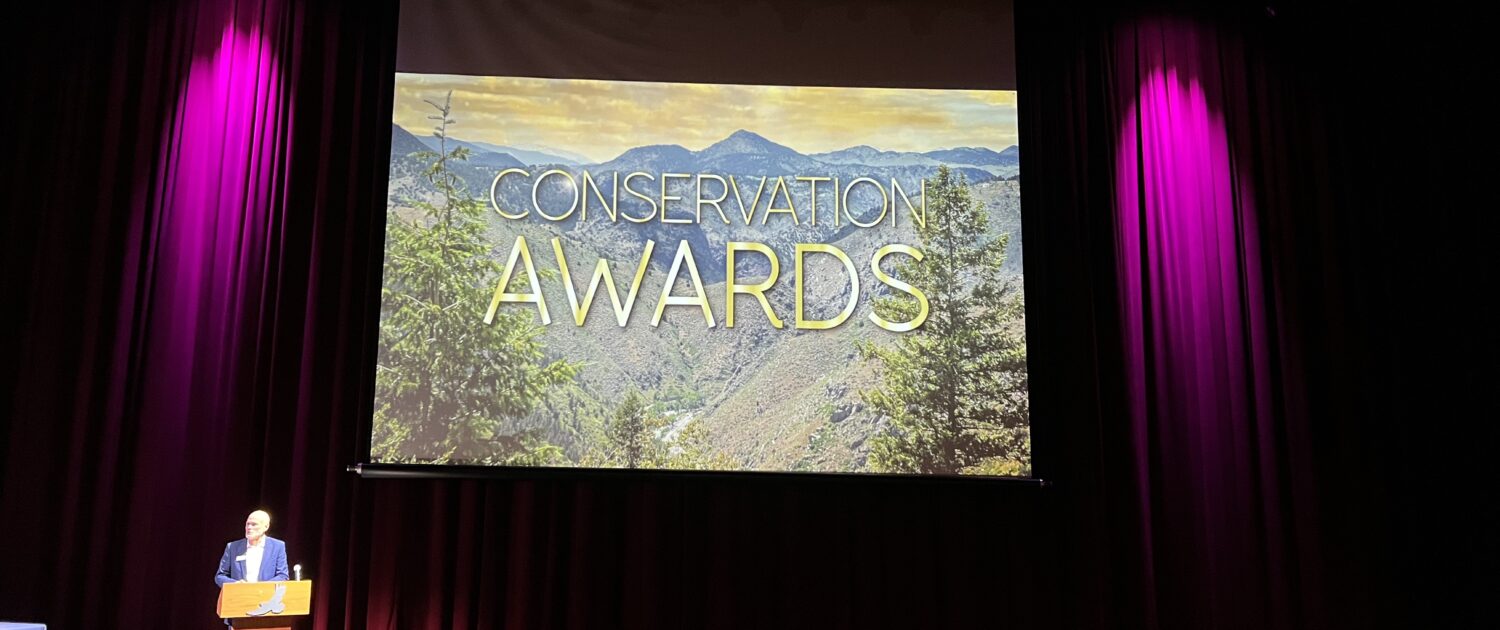 By Vicky Gits
By Vicky Gits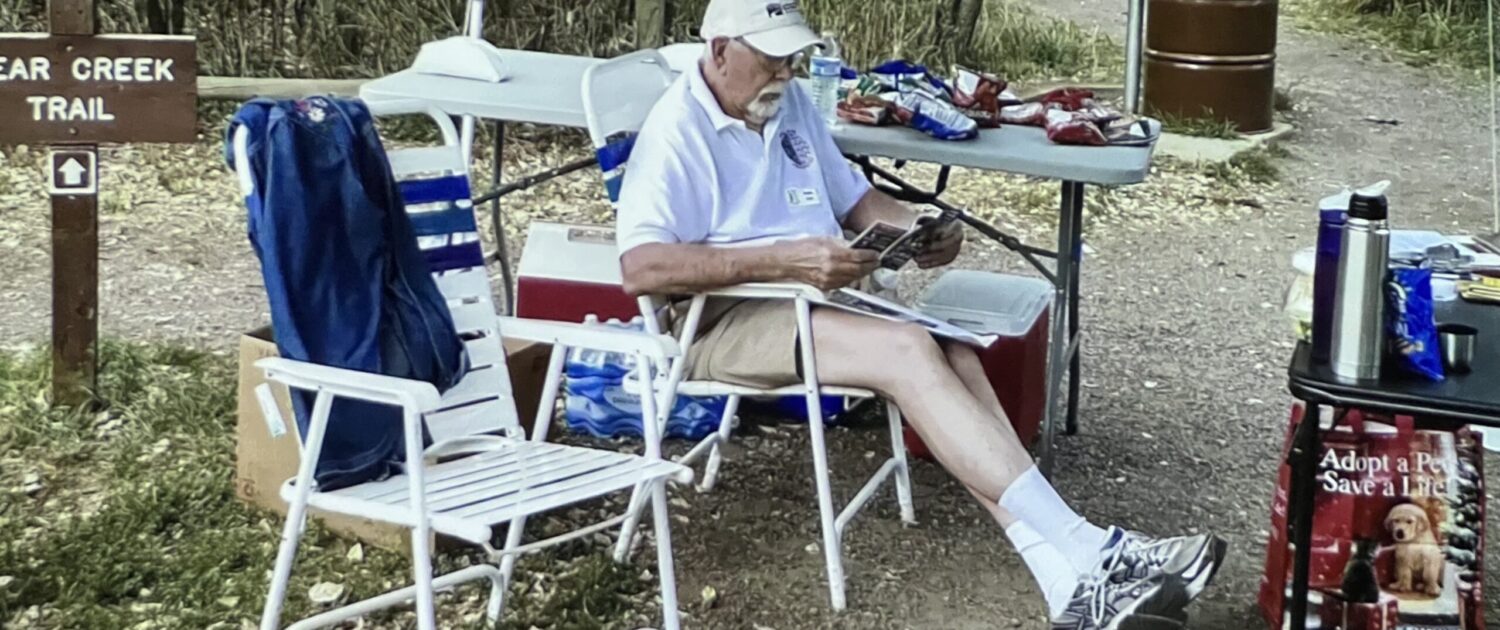
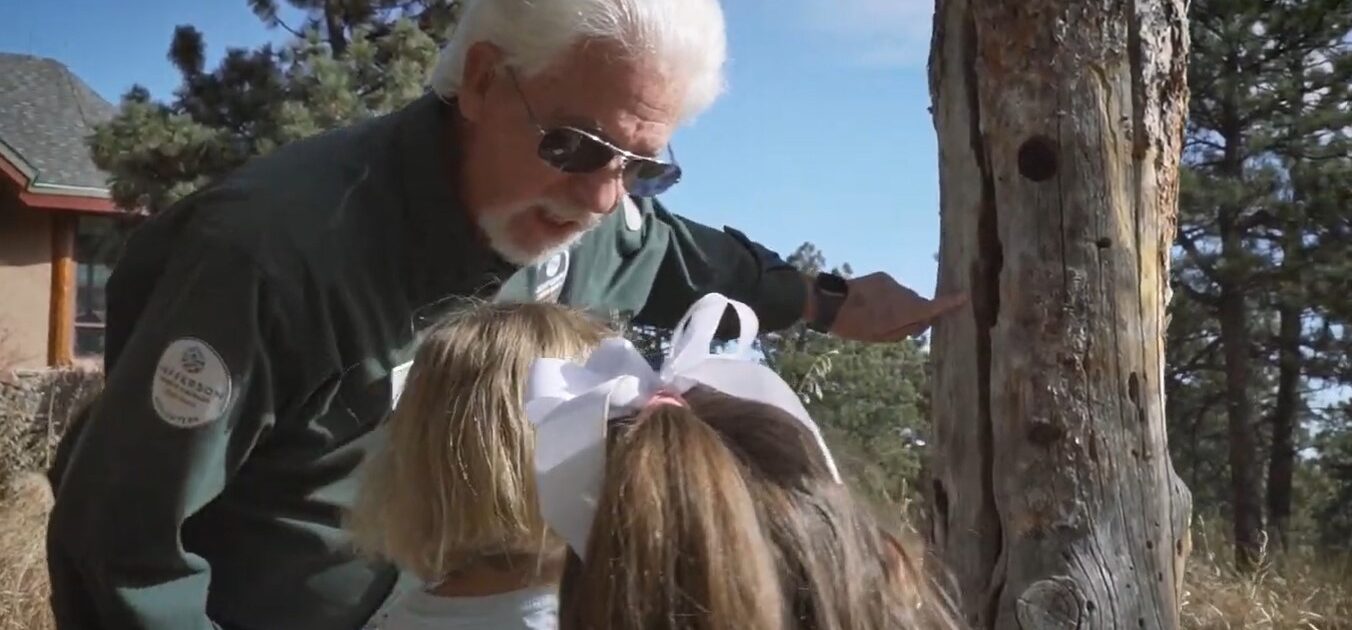
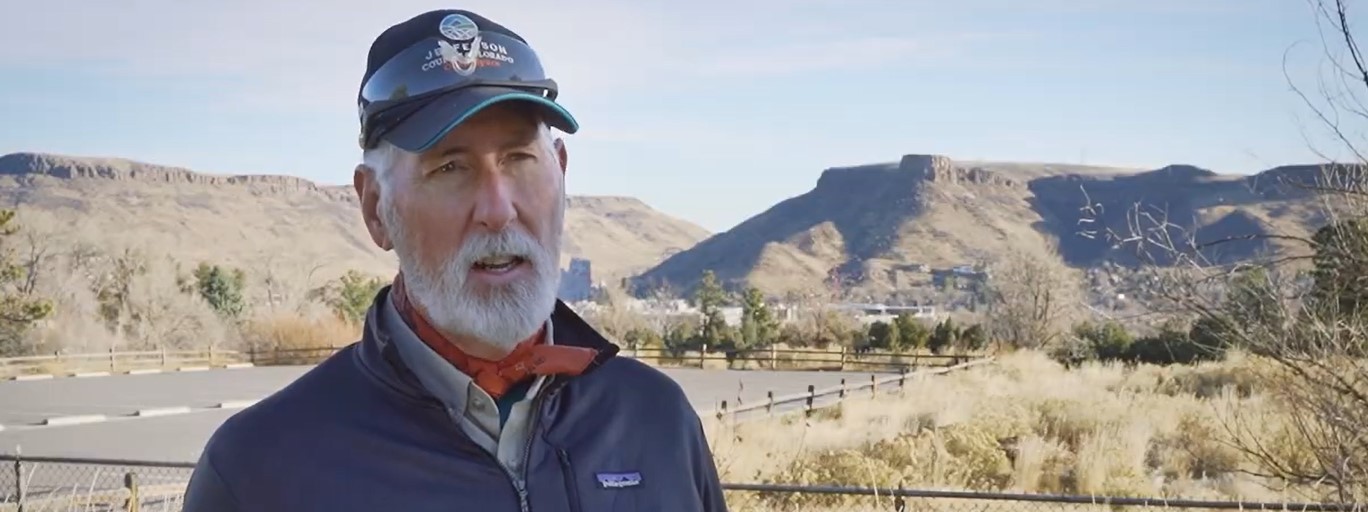
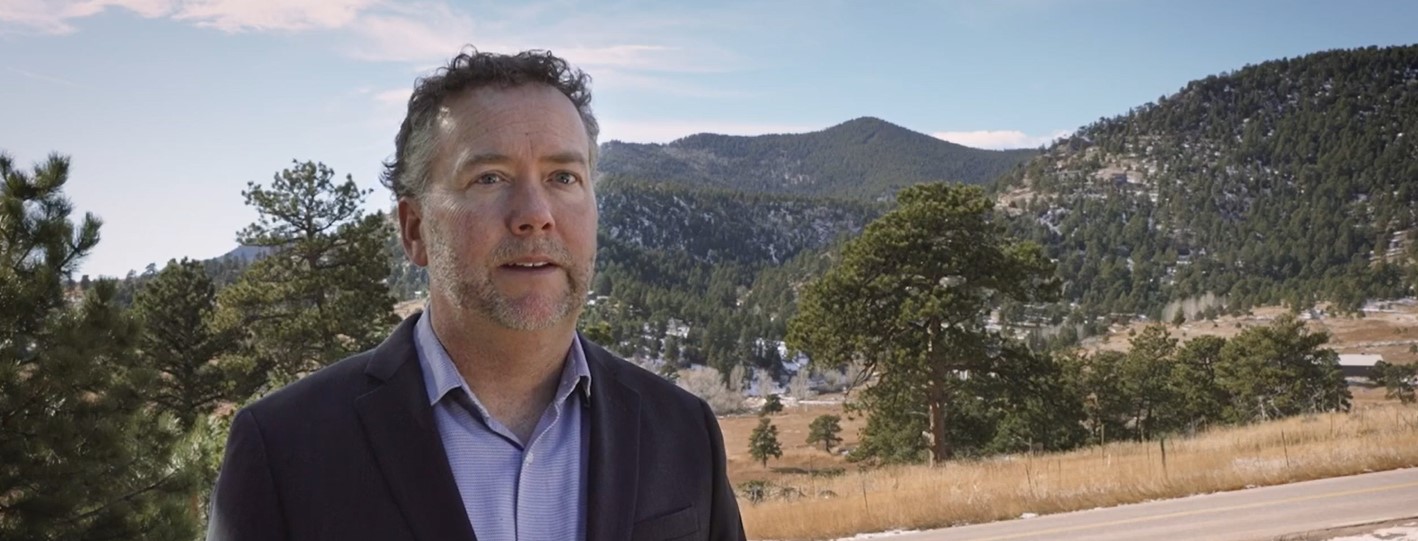
 Blue Spruce Award – Inclusive Guide
Blue Spruce Award – Inclusive Guide